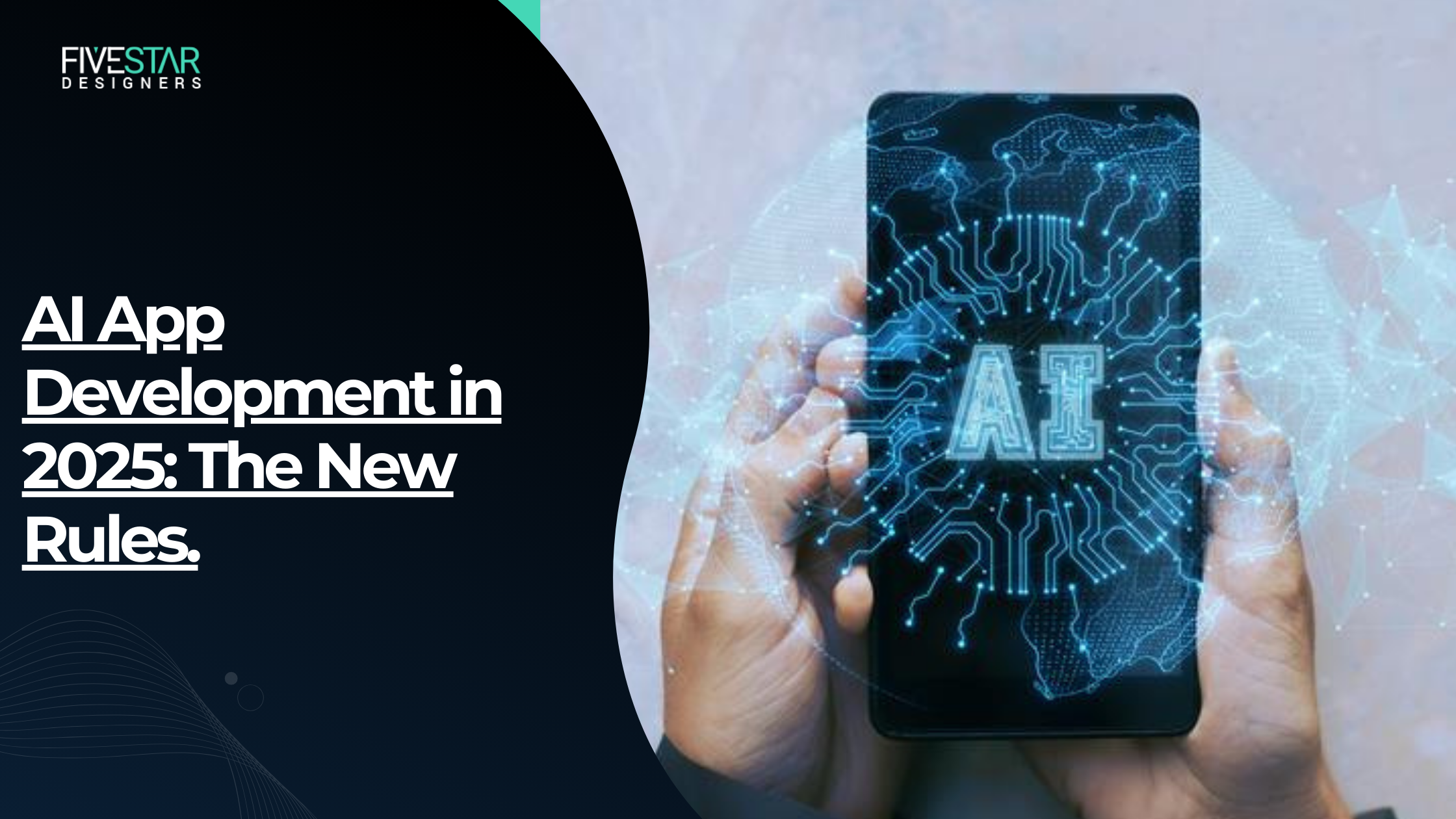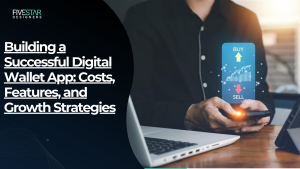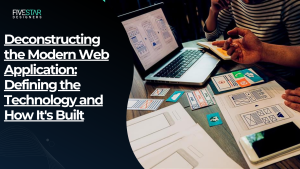In 2025, you can’t go two feet without hearing the word “AI”. The use of artificial intelligence has quadrupled since 2022, and now almost every aspect of our lives is powered by AI now as its theoretical potential has loads of practical implementation.
The use of AI products or AI-powered products has been on an exponential rise, and this trend speculates the dire need and urgency to integrate these changes into your business, services, or products, as it seems to be as important as having a digital presence back in the nascent internet days.
The software development industry is hit by the automation wave the hardest, creating one of the most complex yet efficient work environments in all lines of work. Let us explore the current state of app development with AI-powered tools, emerging trends, and financial realities of developing custom AI apps in 2025
What is AI App Development?
To give a brief overview, AI app development is incorporating regular application software with advanced machine learning models with cognitive computing capabilities and transforming them into “Smart apps”.
These smart apps can perform way beyond simple automation functions, which include pattern recognition, learning, and responding to data in an appropriate manner, and overall constant self-improvement in performance and decision-making skills.
One would think that to achieve this level of technicality in their app would require explicit programming for every scenario possible, but that is not the case, as any specialized AI app development company can easily handle it for you.
The Current Landscape: Latest AI Trends in 2025
AI has been around the block for a while now, and as of 2025, there is less stress on developing large raw models and more focus on refinement and efficiency as the bigger picture requires the AI to perform in production environments.
Multimodal Model Orchestration
A specialized team is always better than a one-man band. Single models are no longer prioritized, making Multimodal models the new meta. This means developing multiple specialized models that tend to different data all in one single application.
To put it in perspective, let’s say an application requires the AI to analyze an image input and provide a descriptive caption by suggesting relatable content. Instead of a single model doing everything all at once, A multimodal model would utilize a vision model to scan, an NLP to generate a caption, and a recommendation model to suggest content.
Breaking the whole task down into smaller pieces and assigning each one to a different model yields more refined and qualitative as well as cost-effective results with less burdened computation.
Small Language Models and On-Device Processing
During the early days, LLM (large language models) were mainly used, but these models require tremendous amounts of computational power, which just isn’t possible on the fly, making them impractical for daily life use. However, that laid the foundation for SLMs (small language models).
SLMs are designed for speed and efficiency, allowing for complex cognitive reasoning and decision-making as well as generative tasks directly on a user’s device. This solves multiple problems, as processing and computing information can be performed on the go, even in limited functionality and low connectivity situations.
Essential Tools for AI-Powered Apps
The complexity of developing AI apps seems to be rather simplified as developers “Use AI to develop AI” streamlining the development cycle by automating tedious grunt work.
Foundation Model Access
Access to powerful models is now primarily API-driven. Providers like OpenAI, Anthropic, and Meta offer gateway access to their latest models. On the other hand, open-source hubs like Hugging Face provide a sprawling repository of pre-trained models for nearly any conceivable use case.
The decision between using a proprietary API or hosting an open-source model is a primary strategic consideration, balancing cost, control, and latency.
Vector Databases and Semantic Search
Pinecone, Weaviate, and Chroma DB have become non-negotiable infrastructure for any application leveraging retrieval-augmented generation or semantic search. These databases allow developers to provide models with relevant, real-time context from private datasets, mitigating hallucinations and grounding outputs in factual information.
This technology is the backbone of modern, accurate chatbots and knowledge management systems.
MLOps and Orchestration Platforms
Machine learning operations (MLOps) have come a long way and are now very well developed. Weights & Biases, MLflow, and ZenML, and many other platforms are essential for overseeing and coordinating all stages of a machine learning project by:
- Version control for models and datasets.
- Automating training pipelines.
- Monitoring model drift in production.
- Seamless deployment.
Every successful AI app development services team deems these MLOps platforms an integral aspect of their arsenal.
How Much Does AI App Development Cost?
Attempting to pin a single figure on the cost of AI app development is a futile exercise since investment is dictated by a multitude of variables.
A sophisticated enterprise platform requiring custom model training, complex data engineering, and high-availability infrastructure can easily run into the hundreds of thousands.
The primary cost drivers include model selection and hosting fees, the complexity of data preprocessing and pipeline construction, and the seniority of the required talent. A detailed project scope from a qualified AI app development partner is the only way to arrive at a meaningful budget.
The Key Takeaway
The trajectory is clear. The question for businesses is no longer if they should engage with this technology, but how quickly and effectively they can integrate it into their core products and operations.
The ecosystem of tools has matured, the trends point towards greater accessibility and power, and the competitive advantages are now too substantial to ignore. AI integration in mobile apps can now be stamped as a necessity.
FAQs
What are the benefits of AI-powered apps?
AI-powered apps offer enhanced user experiences and improved accuracy. They also increase efficiency and automate tasks. This leads to better decision-making.
What types of AI apps are in demand?
AI apps in demand include virtual assistants and chatbots. Predictive analytics and image recognition apps are also popular. These apps are used in various industries.
How do AI apps impact user data security?
AI apps require robust data security measures to protect user data. This includes encryption and secure storage. Data protection regulations must also be followed.



